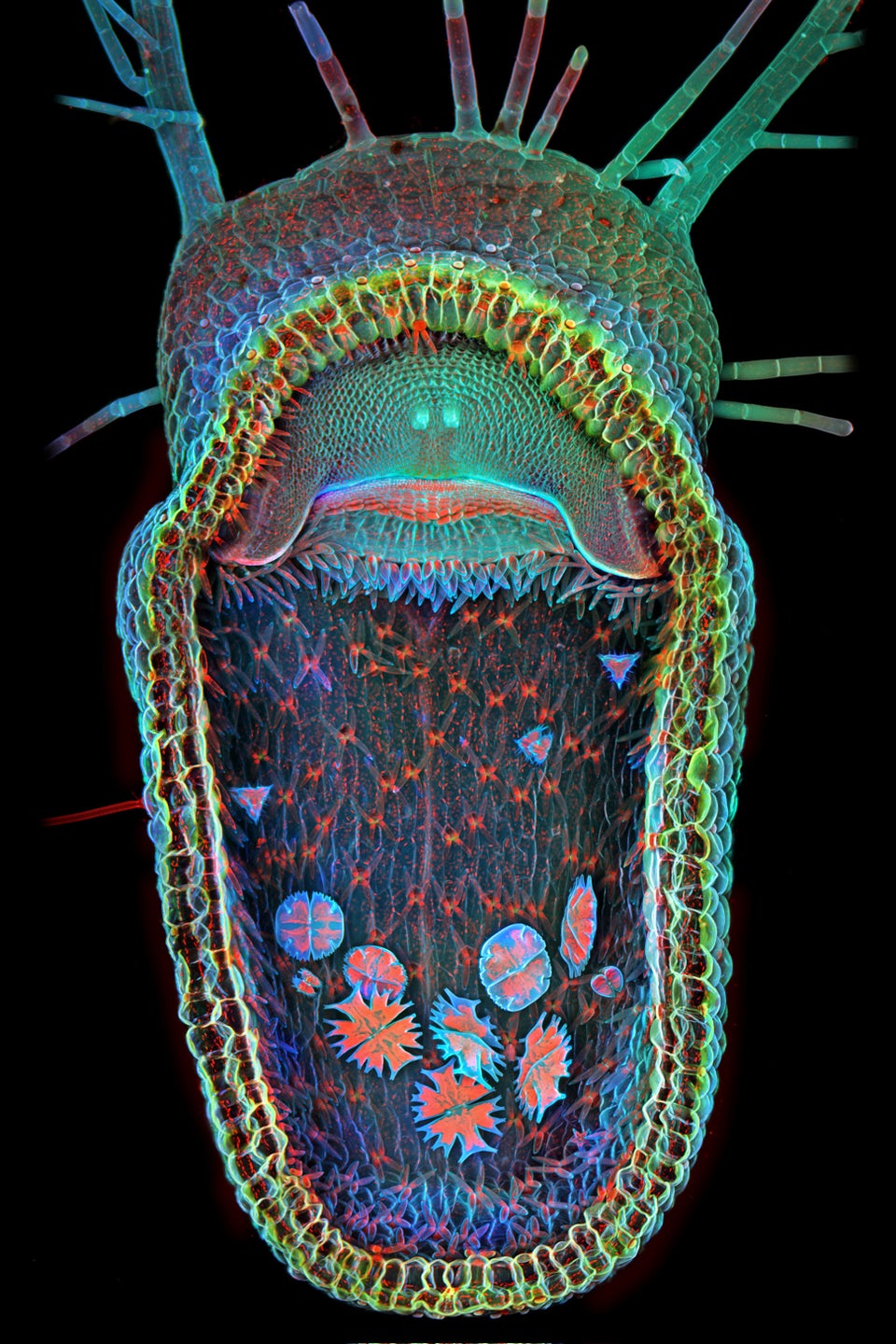It's long been known that life on Earth arose about 4 billion years ago. But what caused the first "spark of life?" That remains a topic for debate.
Some scientists believe microorganisms from outer space hitched a ride to Earth aboard an asteroid or a comet, since life arose during a period when our planet was pelted with space rocks. Other scientists say life arose from spontaneous chemical reactions on Earth.
Now, chemists in the Czech Republic say they have evidence to support a theory that combines both ideas--that an asteroid impact triggered the production of RNA bases, the building blocks of life's genetic code.
To test the theory, the researchers simulated the energy of an asteroid impact on Earth using the Prague Asterix Laser System, a powerful laser that can generate around a billion kilowatts of energy at its peak, the Associated Press reported. The laser was directed for a fraction of a second at plasma containing formamide, a substance scientists believe was likely around on ancient Earth.
What happened next? The laser produced a shockwave in the plasma, generating radiation and temperatures of over 7,600 degrees Fahrenheit. This triggered a cascade of chemical reactions, leading to the formation of four RNA nucleobases: adenine, guanine, cytosine, and uracil.
“This is, I believe, the first time that all four nucleobases have been made in one set of reaction conditions,” Steven Benner, an astrobiologist at the Foundation for Applied Molecular Evolution, who was not involved in the new research, told Science.
That may suggest that it's possible an asteroid could have triggered the synthesis of RNA's building blocks. Of course, the question of how these "blocks" joined to form more complex molecules remains.
"In conclusion, all these findings suggest that the emergence of terrestrial life is not the result of an accident but a direct consequence of the conditions on the primordial Earth and its surroundings," the researchers wrote in an article describing their findings.
The article was published online on Dec. 8 in the journal Proceedings of the National Academy of Sciences.
